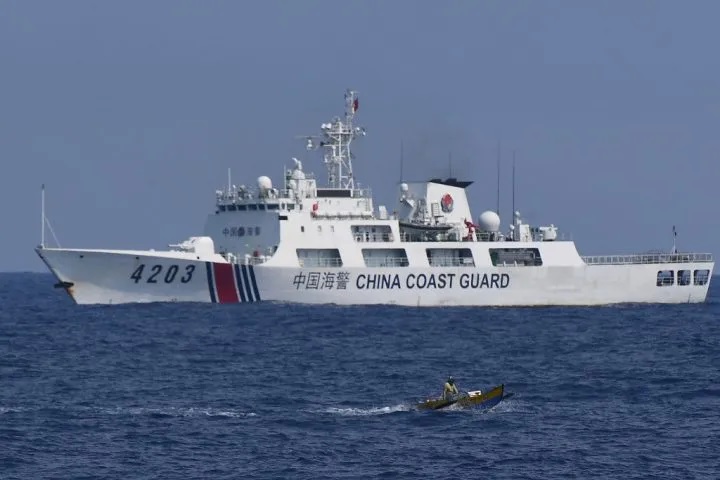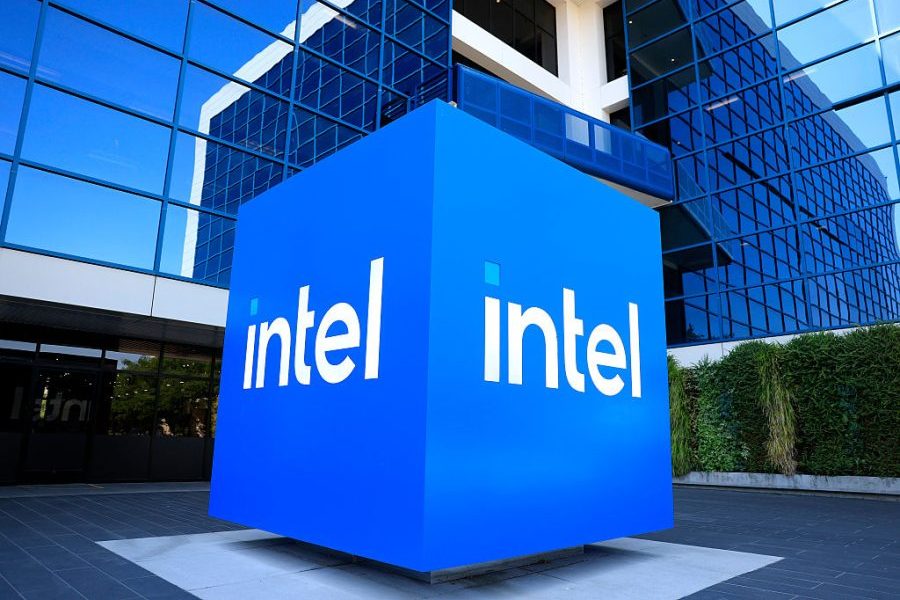The news was seemingly big but the announcement curiously low key. Earlier this month, China declared that it had discovered what it described as the world’s first large-scale gas field in ultra deep waters and not far beneath the seabed. Lingshui 36-1 contained 680,000 tons of gas, said the China national offshore oil corporation (CNOOC), and the data and plans to extract it had been approved by the “relevant government authorities.” It did not give a timescale or the precise location of the field — which it merely described as “southeast of Hainan,” China’s southernmost island province.
It is easy to see why maritime borders matter to Vietnam
The reticence is because the gas isn’t China’s — at least not legally. It almost certainly lies in disputed waters close to islands claimed by Vietnam, which was violently expelled from the territory by China in 1974. Beijing claims almost the entire South China Sea — an area of more than 1.25 million square miles, thirteen times the size of the United Kingdom, as its own. Its claim is encompassed within a vast U-shaped line (the “nine-dash line” as it is often called), which has been likened to a giant cow’s tongue. Within it, Beijing has asserted its “historic” claim with increased aggression, militarizing islands and intimidating rival claimants, who also include the Philippines, Brunei, Malaysia and Taiwan.
Territorial expansion by imperial powers is usually associated with land-based armies on the march, but China’s assertion of sovereignty over such a vast area still represents a territorial grab on a scale not seen since World War Two. In 2015, Manila successfully challenged Beijing’s claims under the United Nations convention on the law of the sea (UNCLOS), which both countries had ratified. Not only has China ignored the ruling, but it has used its coastguard, which is equipped better than the navies of most countries, to routinely harasses rival ships surveying for oil and gas. That will make this month’s announcement from the CNOOC a particularly bitter pill to swallow.
Vietnam, with whom China also fought a brief border war in 1979, is the most militarily formidable of the rival claimants. The coastal city of Da Nang is the closest Vietnamese city to the disputed Paracel Islands, a string of 130 islands, rocks and reefs, which sits around 230 miles to the west. They have been heavily fortified since Beijing seized them. The Lingshui 36-1 gas field is believed to be close to here. Further to the south are the Spratly Islands, where Vietnam and China also have conflicting claims. It was here in 1988 that Chinese soldiers mowed down dozens of Vietnamese troops standing on Johnson South Reef, water up to their knees — a grizzly video of which was filmed from a Chinese ship and still circulates widely online.
I visited Da Nang while researching for my new book, Vampire State: The Rise and Fall of the Chinese Economy. Vietnamese animosity towards China is deep-seated, going back centuries, and Da Nang provided an ideal spot from where to view its more recent twists and turns. On landing at the small airport, it was easy to spot the fighter jets in their hardened shelters, their noses protruding like crouching attack dogs. A three-floor Paracel Island museum sits on the waterfront looking out towards the islands and stacked with documents to support Hanoi’s claim. On a plinth outside the museum sits a salvaged fishing boat, an ugly gash in its side, which in 2020 was rammed and sunk by a far bigger steel-hulled Chinese “fishing boat” — part of a Chinese marine militia. Da Nang also hosts a Paracel government in exile.
It is easy to see why maritime borders matter to Vietnam and why Hanoi feels most threatened by Beijing’s assertion of ownership to all the resources above, in and under the sea. Vietnam has a 2,000-mile coastline, some one-third of the country’s population live along the coast and half the country’s GDP still comes from marine activities.
Last year, a Chinese survey vessel and multiple coastguard ships — possibly part of the operation that discovered the Lingshui 36-1 field — operated for several weeks in Vietnam’s exclusive economic zone, only leaving after soaring tensions and repeated warnings from the Vietnamese government. In May 2014, China’s deployment of an oil rig into an area claimed by Hanoi resulted in a tense stand-off at sea, which triggered deadly anti-Chinese riots and arson attacks across Vietnam. The rioters targeted Chinese-owned factories and businesses in twenty-two provinces, left more than twenty people dead and scores injured. Beijing evacuated 3,000 of its nationals. Shortly after my visit, Vietnam banned the release of the movie Barbie because of a scene that apparently showed the nine-dash line, such is the sensitivity.
Vietnam has also responded to China’s creeping aggression by strengthening ties with India, Japan and the United States. A few days after my visit, the US nuclear-powered aircraft carrier, the USS Ronald Reagan, visited Da Nang — a potent symbol of the changing power dynamics. Soon after, President Joe Biden himself made a state visit, announcing a “comprehensive strategic partnership” with America’s former enemy. In December last year, China’s president XI Jinping visited Vietnam for the first time in six years (and Vietnam’s new communist party chief will be in Beijing next week).
This complex geopolitics might explain why the announcement of the Lingshui 36-1 was so low key. Beijing has traditionally treated rival South China Sea claimants with ill-disguised contempt — and mostly still does. It is more wary of Vietnam, which gave the People’s Liberation Army a bloody nose in the 1979 border war and has been rapidly modernizing its own navy. But it is hard to see how extracting gas on a vast scale from disputed waters will be seen in Hanoi as anything other than the latest provocation from what generations of Vietnamese have been brought up to regard as the “northern invader.”
This article was originally published on The Spectator’s UK website.

























